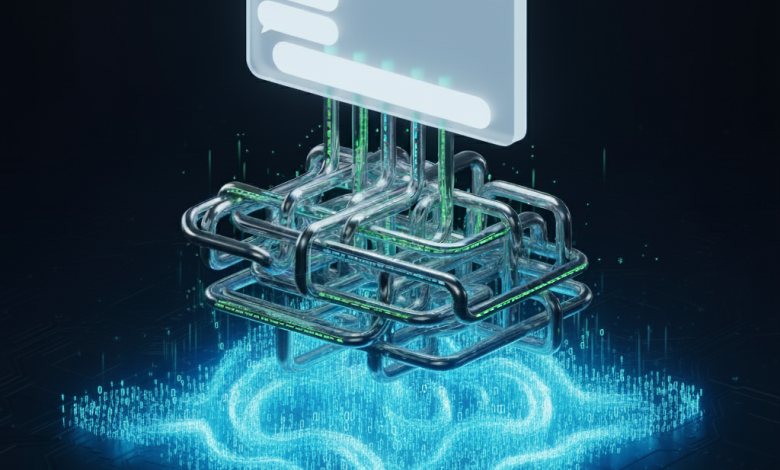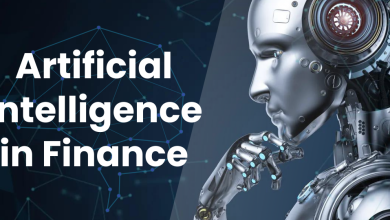
MIT’s State of AI in Business 2025 report shows that despite $30–40B invested in enterprise GenAI, 95% of organizations report no measurable ROI. Only 5% of pilots generate meaningful value, while most stall in what researchers call the “GenAI Divide”—the gap between promising demos and business impact.
Even near-AGI AI models are only as good as their input data – a classic case of “garbage in, garbage out.” Feed an AI system incomplete customer data, outdated policies, or fragmented knowledge, and it will confidently generate responses that are equally unreliable. The models aren’t broken; they’re producing exactly what the limited and outdated context allows.
The real barrier isn’t model quality or regulation. It’s context. The same models that delight consumers often turn into costly experiments when introduced into enterprise workflows. A chatbot that lacks access to customer history, product catalogs, or approval processes is not a business tool—it’s a disconnected experiment that users abandon quickly.
Getting context right is one of the hardest and least-solved challenges in enterprise AI. A 2025 survey by Tray.ai found that 42% of enterprises need access to eight or more data sources just to deploy basic AI agents, yet enterprise knowledge lives everywhere except where AI can reach it. Critical knowledge remains locked in PDFs, PowerPoints, spreadsheets, and legacy systems—contracts, policies, and documentation scattered across email, shared drives, and SharePoint. Simply connecting these sources requires custom integration work that most teams lack the resources to build and maintain.
Yet integration is only the starting line. The deeper challenge is maintaining dynamic context as organizations evolve. Enterprise data constantly shifts: contracts are revised, policies updated, structures reorganized, and new products launched. Today’s AI systems require manual reindexing when information changes, creating a fundamental mismatch between how businesses operate and how AI systems learn. Without continuous context updates, AI tools drift out of sync with reality, delivering stale insights that erode user trust and adoption.
This is why context engineering has become the decisive capability separating successful enterprise AI from costly failures. Organizations crossing the GenAI Divide aren’t using superior models – they’re building systems that understand and continuously sync with their business context. The most advanced implementations focus on incremental processing that updates only changed data rather than rebuilding entire knowledge bases, enabling real-time context updates that keep AI systems aligned with business reality.
Until organizations build real context engineering capacity, AI will remain stuck in pilot mode. Context quality will ultimately determine which organizations extract real value from AI investments versus those trapped on the wrong side of the divide. Success will not come from better prompts or bigger models, but from building AI systems that truly understand how a business works.




